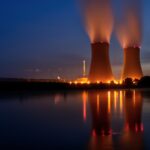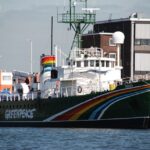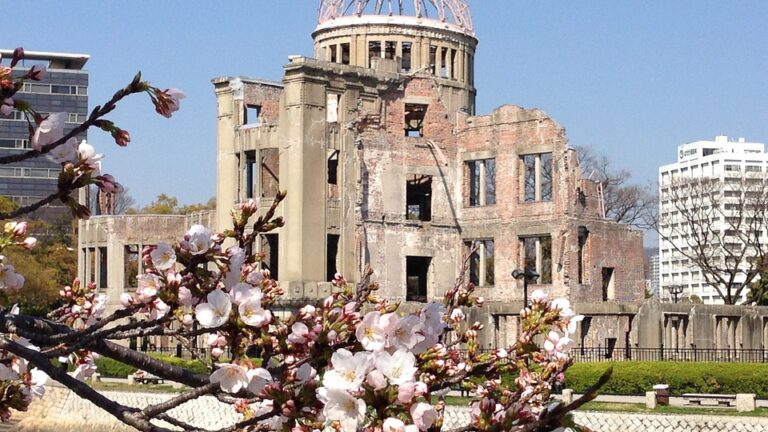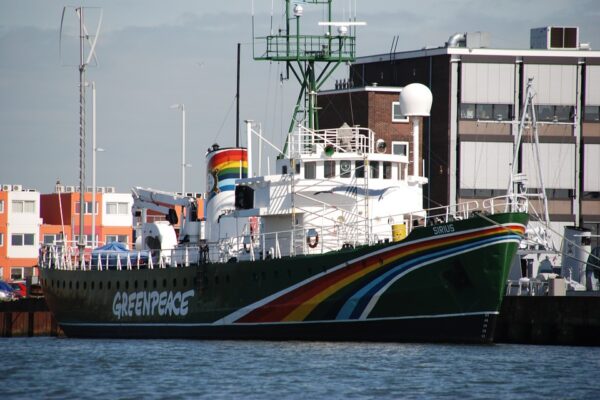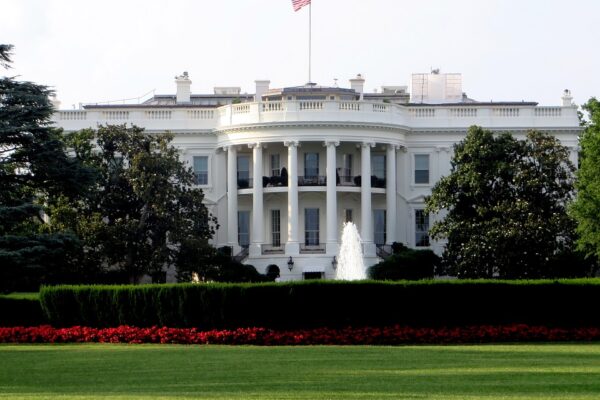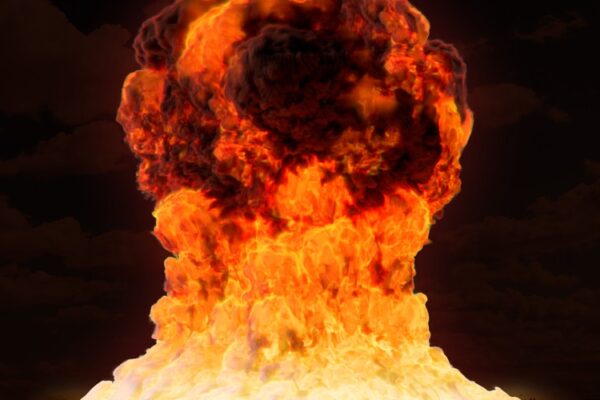On the 6th of August 1945, the US dropped the first atomic bomb on the Japanese city, Hiroshima. More than 70,000 lives were lost in an instant. Three days later, it dropped the second atomic bomb on Nagasaki. It took the lives of another 40,000. This was the most devastating event in the history of the world.
What’s saddening is the fact that these two bombs killed many individuals who were utterly innocent. It was dropped at a time when many industrial workers were at work. Many were on their way to the industrial units. Children were in their schools. Most of them perished in these bombings for no fault of their own.
Reason behind the bombings
In the Second World War, Japan was one of the biggest enemies of the United States. Towards the final stages of the war, the relations between these two countries worsened. The Japanese forces were planning to capture the oil-rich areas of the East Indies. The Japanese had also expressed their intention to fight the war till the end publicly.
They started using kamikaze attacks, which involved pilots suicide-diving against warships of the United States. Harry Truman, then US president, was left with no other alternative but to use the atomic bombs.
Why Hiroshima and Nagasaki?
At the time of the bombings, Hiroshima and Nagasaki were of great military significance. Hiroshima was an industrialized city with several military units located close to it. Among them was the headquarters of the Second General Army, which defended the southern part of Japan.
The city of Nagasaki was one of southern Japan’s largest seaports at the time of World War II. It was the place where ordnance, military equipment, ships, and other war materials were produced.
Impact of the bombings
Not just the humans, practically all living beings were burned to death by the bombs. The heat and pressure resulting from the blast was that devastating. Things didn’t end there. More people died in the coming years owing to the effects of radiation released from the explosion.
Nearly half of those who died due to leukemia were exposed to radiation. Birth defects were also seen in children born to women who were pregnant during the bombings.
Hiroshima and Nagasaki in recent times
The two are thriving, vibrant cities today and are home to more than a million people. One can find very little evidence of the destruction that the terrifying weapons unleashed on them. The parks and structures created in memory of the bombings and the people they killed get many visitors today.
Barack Obama became the first sitting US president to visit Hiroshima and the Hiroshima Peace Memorial Park. He had visited the city in 2016. While writing in the visitors’ book, he hoped for the spread of peace and a world without nuclear weapons.
The TPNW (Treaty on the Prohibition of Nuclear Weapons)
This is also known as the Nuclear Weapon Ban Treaty. It was adopted on the 7th of July 2017 and came into force on the 22nd of January 2021. It became the first legally binding international agreement that aimed to eliminate nuclear weapons. No nuclear-armed country has supported this treaty. However, it is being considered as the first major step towards creating a nuclear-free world.

